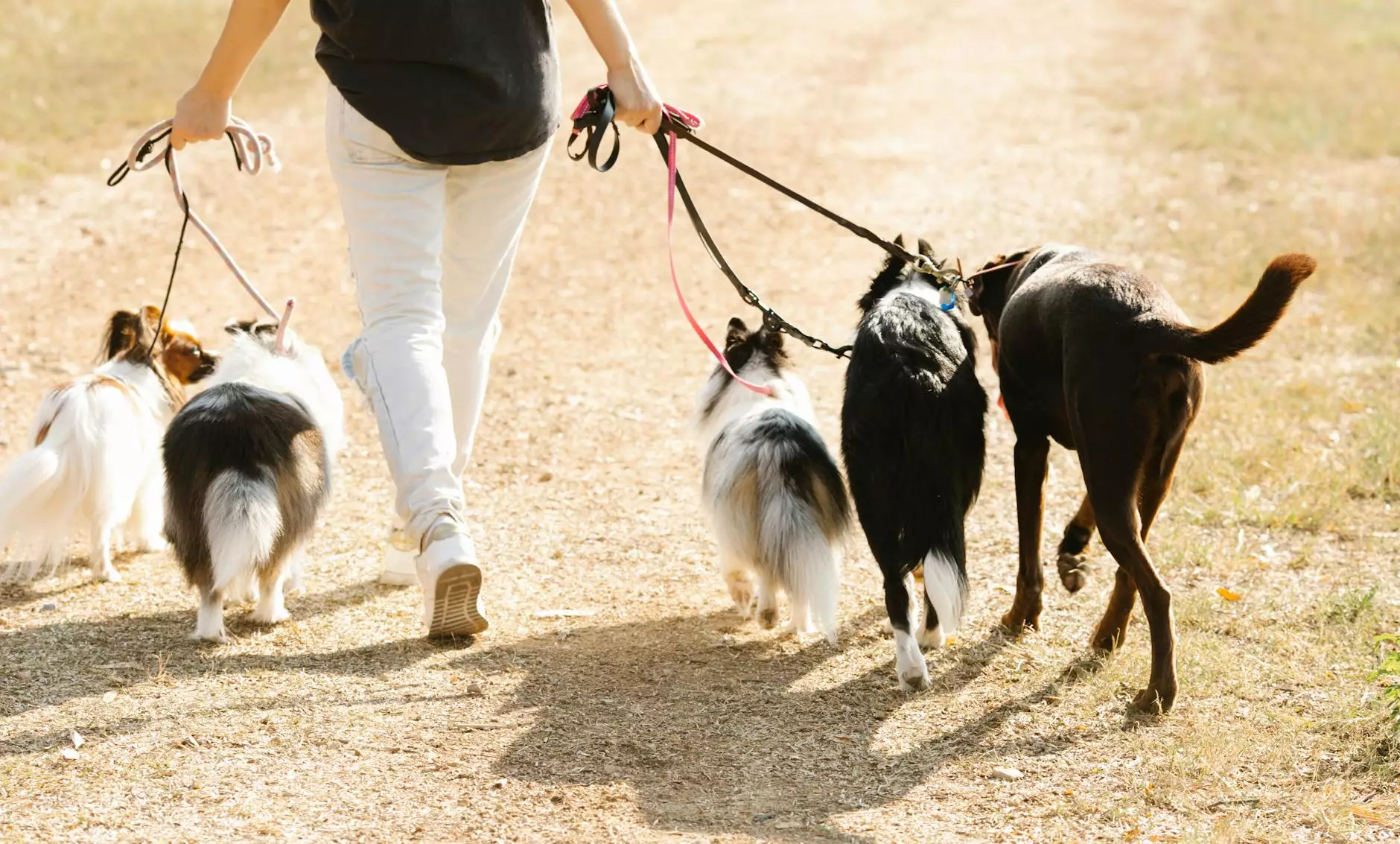Are Dog Shock Collars a Safe Training Method?
Training
Introduction
Dog shock collars have gained significant popularity as a training tool for dog owners. However, concerns about their safety and the potential for causing harm to dogs have also emerged. In this comprehensive guide, we will explore the safety of using dog shock collars as a training method, assess their effectiveness, and uncover alternative training approaches that prioritize the well-being of our furry companions.
The Use of Dog Shock Collars
Dog shock collars, also known as electronic collars or e-collars, are designed to deliver electrical pulses or shocks to dogs as a means of training and behavior modification. These collars typically consist of a receiver worn around the dog's neck, which is controlled remotely by the trainer. The intensity of the shock can be adjusted based on the desired response and the dog's sensitivity level.
Effectiveness of Dog Shock Collars
Advocates of dog shock collars argue that they can be effective in correcting unwanted behaviors, such as excessive barking, aggression, or disobedience. The shock serves as a deterrent and can interrupt the undesired behavior, allowing the dog to associate the behavior with an aversive consequence.
However, it is important to note that the effectiveness of dog shock collars can vary depending on the dog's temperament, breed, and the consistency of the training provided. Some dogs may respond well to the shocks and quickly learn to avoid the associated behavior, while others may become fearful or anxious, leading to further behavioral issues.
Concerns about Safety and Animal Welfare
The use of dog shock collars has been a subject of intense debate within the dog training community and among animal welfare organizations. Critics argue that these collars can cause physical and psychological harm to dogs, potentially leading to fear, anxiety, and aggression.
There have been instances where the misuse or excessive use of shock collars has resulted in burns, skin irritation, and even physical injuries. It is crucial to prioritize the well-being and welfare of our furry friends when choosing a training method.
Alternative Training Methods
Fortunately, there are alternative training methods available that prioritize positive reinforcement and humane techniques. These approaches focus on rewarding desired behavior rather than punishing undesirable behavior. Let's explore some of these alternatives:
Positive Reinforcement Training
Positive reinforcement training emphasizes rewarding dogs for good behavior rather than punishing them for misbehavior. This method involves using treats, praise, and other forms of reinforcement to reinforce desired actions. Dogs learn to associate positive experiences with specific behaviors, which encourages them to repeat those behaviors in the future.
Clicker Training
Clicker training is a popular positive reinforcement technique that uses a small device, known as a clicker, to mark desired behaviors. The sound of the clicker is immediately followed by a treat or reward, helping the dog understand which action led to the positive outcome. Clicker training can be highly effective in shaping behaviors and fostering a strong bond between dogs and their trainers.
Professional Dog Training Classes
Enrolling your dog in professional training classes can also be a great alternative to dog shock collars. Professional trainers have the knowledge and expertise to guide both you and your furry friend through positive training techniques. These classes provide structured learning environments that promote positive interactions and encourage good behavior through reward-based training.
Natural Behavior Modification
Understanding and addressing the underlying reasons behind certain behaviors can go a long way in modifying them. Hiring a professional behaviorist or consulting with a veterinarian can help identify any underlying medical or psychological issues that may be causing undesirable behaviors. By addressing these root causes, you can work towards resolving behavioral problems in a more holistic and empathetic manner.
Conclusion
When it comes to training our beloved canine companions, it is important to prioritize their safety, well-being, and overall happiness. While dog shock collars may offer quick results in certain cases, it is crucial to consider the potential risks and negative impact they can have on our dogs' physical and emotional health. By exploring alternative training methods that focus on positive reinforcement and humane techniques, we can build strong bonds with our dogs and help them become well-behaved and happy members of our families.










